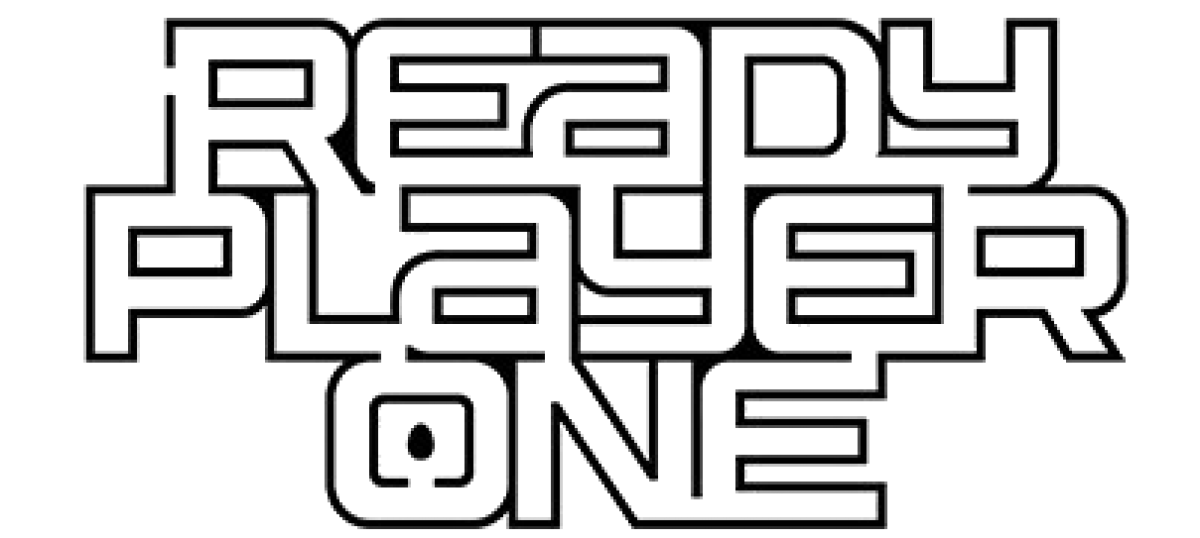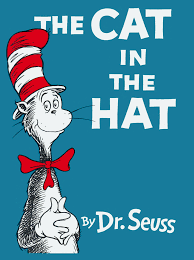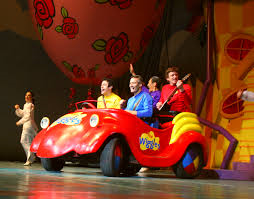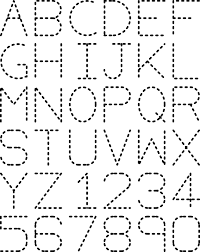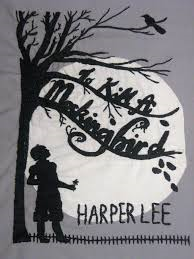Introduction
Emergency situations can happen any moment, at anytime during the day and there is not much that is taught on how to handle these situations. Children are taught to call 9-1-1 when there is an emergency, but most likely never actually practice acting in such situations. Some common emergency situations that children should be aware of are a house fire, someone choking, stranger danger, car accidents, and house break-ins. React to Reality is the newest state of the art educational virtual reality program. The goal of this program is to teach children the correct way to react to common emergency situations. Our product will be a program that can be downloaded onto PC’s and is run with an oculus rift virtual reality device. The goal is to provide the students with a life-like visual of emergency situations, allowing them to work their way through the steps of dealing with each situation, to help prepare for real life scenarios. This product is for elementary school children to be used in a classroom setting with a teacher. The product will be sold to school districts and individual schools in a classroom size set of oculus rift virtual reality devices and a PC that will run the program. Schools will need this new technology to replace the old and outdated curriculum that is already in place. The only curriculum in place is a packet from the Federal Emergency Management Agency which is given to schools. This program is just a 30 page packet that has various educational activities like matching and short quizzes. FEMA describes this program as, “This standards-based, cross-curricular program is designed to provide students in grades 1 and 2 with the knowledge, awareness, and life-saving skills needed to prepare for a variety of emergencies and disasters.” (Youth Emergency Preparedness Curriculum-Grades 1-2, 1). The program will be advertised to school boards as this product will not only replace old curriculum, but fill the void with a fun, interactive virtual reality simulation. Our main audience is students K-5 as the program will be made for children to learn what to do in emergency situations, which older students should already be aware of. We market to this young age because these are the children who would be less experienced with the situations and the ones who wouldn’t already know what to do. This new technology will have ground breaking visuals as it will show emergency situations that could either contain kid-friendly animations or life-like graphics. Our first simulation will be on fire safety where there will be a simple stove fire, then it will ask the student using the device what the next step would be. All the simulations will be interactive, so students will be forced to analyze the situation and pick what step would be best to take.
Learning Outcomes
Our application is educational because it is allowing children to learn what to do in situational emergencies. It allows for children who are in kindergarten up to fifth grade to learn how to react when an emergency situation arises. It will be a tool first used by school boards to train their faculty to implement lessons where the virtual reality application will be used. It then becomes the teachers job to instruct their classes on how to use the simulation and relate it to the real world. Our application will be available for students to be right in the middle of an emergency simulation so they can experience an emergency and have the chance to make mistakes so that if there was ever a real-life situation where 9-1-1 needed to be called, they would be properly prepared to make the right decisions in the heat of the moment.
Outcomes will be assessed by allowing for the application to be available in school systems. Meetings will be held with school boards and school faculty to train them in how they can use the application in their curriculum. The application will reach to young students in efforts to allow for the reaction time to emergency situations to increase and to feel more comfortable in knowing what to do. This virtual experience will provide emergency simulations for students to ensure their ability to do the right thing without hesitation and with ease. A sample question would be what would you do if you were in one of the certain virtual simulations, and there would be 3-4 answers to choose from before you can continue in the simulation. If a student fails then they will see a red x across the screen and it will say that you had failed. The user would then have two other chances to complete that level and choose the right outcome. The teacher would be able to see what the students are doing within the application. If the student gets x’s then after the simulation the teacher will have a set of directions to help the student understand the outcomes.
User Interface
There are several virtual reality interfaces out there all ready. There are the HTC Vive, PS Sony VR, Oculus Rift, and google cardboard. For our program we decided to use the HTC vive. We chose this specific headset due to its versatility with the laptop instead of needing a gaming console or a cellular device. Most of these programs are not designed to educate children in emergency preparedness. React to Reality is designed to help young, grade level students throughout the school system. Our program was specifically designed to not just make it known that 9-1-1 is who you call in an emergency, but actually place them in these situations where they are guided through what steps to take and what decisions to make. Children begin learning what an emergency is when they are around 5 years old, which is when they are entering kindergarten. React to Reality shows the user, each student, an emergency scenario and they must make a decision on what to do in that particular stage of the situation. The only materials and technology needed are the computers and graphic designers to finish designing the program and building the virtual world. Each simulation is based on the specific scenario such as the emergency kitchen fire. The kitchen fire scenario takes place in the kitchen so the program places you in the house which is where the emergency begins. Soon after the fire starts you are given multiple choice questions which each have one right answer.One of these questions include what do you do next with the answers stay and cry, call 911, or put out the fire.If the child gets it wrong a large red “X” appears and tells the user to try again. The simulation takes place from when the fire begins to when firefighters have arrived and the child in the simulation is safe. Upon completion they earn a gold star and a thumbs up.
Implementation Strategy
Since the urge to educate children on what to do in emergency situations is so important, implementing React to Reality should not be a challenge. In order to properly use React to Reality a set of five HTC Vive’s needs to be purchased. These are the devices that connect the program to Virtual Reality. Each headset can be plugged into a PC or computer which will run the React to Reality program. Purchasing five computers and five HTC Vive’s allows the class to work in small groups or take turns going through each simulation. When finished, each classroom can pass around the set of devices. Best Buy and Amazon are currently marketing the HTC Vive at $499.95. This comes with the headset which includes an earpiece for sound and two handheld controllers that act as your own hands. According to Technology Intelligence, “with a recent price cut the Vive is looking more affordable at under £600” (Technology Intelligence 2018). This helps with cost efficiency. An alternative headset, the Oculus Rift is sold at a cheaper price but each device needs a gaming PC to plug into as well as an Iphone, which not all elementary students have access too. Using the Oculus Rift for React to Reality would be more challenging to get school boards to purchase because the whole system is way more expensive and requires more technology. So purchasing five HTC Vive’s for $500 adds up to $2500. The MSI GP62M Leopard Pro-406 laptop has a very advanced processor and a large amount of storage for gaming purposes. These laptops run for $1200 so if five are needed this brings the total to $8500. React to Reality only needs to be purchased once per school building since it is a one time buy. Selling at $99.99, this adds to the total to make it $8600. According to the National Center for Education Statistics, “In 2014–15, public schools spent $11,734 per student on current expenditures” (National Center for Education Statistics). So that means the whole React to Reality program, including all technology needed, costs less than the average amount spent on one student.
In order to get the word out about React to Reality, advertising must catch the attention of potential customers. Our primary customers are school boards across the United States. Our marketing strategy will be to present our ideas during the National School Board Association Annual Conference. This allows a variety of school boards to hear about React to Reality and learn where and how to buy the program for their elementary schools. If interested, we can come directly to their schools and give another presentation during a faculty meeting with only the teachers from that school. This further gets the word out about React to Reality which will begin to spark interest. Also, adding an advertisement to an education catalog allows administrators to see the program when browsing through the catalog to purchase supplies at the beginning of each year. Scholastic Magazine is a very popular resource for purchasing school supplies and materials. Teachers are able to filter the catalog to a specific grade and subject. React to Reality will be filtered for teachers in Kindergarten through fifth grade to focus the prototype to a particular audience. Along with advertising comes a catchy motto. Our motto for React to Reality is “It Can Be Fun To Learn About 9-1-1!”
Long-term Vision
To limit our prototype and to stay focused and while keeping everything manageable, we will start off with one simulation and then as time moves on, create more. There are many situations that can happen in real life, and we want to have the situations be put into the VR system and used for the education of elementary kids. Right now, we are selling it to schools because it is for teachers to use to show the importance of being ready for scary situations if children happen to be faced with such emergencies. We are keeping the age group for our first situation K-5, and then as the program and the world progresses, the scenarios will progress with situations occurring throughout the world. In an article we read it says that “The Brown Box, that was used as a gaming system started out just a normal system with all different games. Then as time went on, special attachments and different weapons were added on” (Chikhani The History of Gaming: An Evolving Community). In the same idea, with our program, having only one simulation right now will eventually lead to more situations with more features added.
Our next phase of development will be to put the word out for our VR. In addition, we would try to get the ad for our product into a catalog. Teachers all around the world read catalogs, specifically Scholastic, when looking to purchase new materials and resources for their classrooms. As soon as React to Reality is noticed in those catalogs, business will take off. Lastly, there will be presentations to the school boards. We would do surveys with the school board and get feedback from them to see what we can improve and what can be added. See what teachers and faculty think and see what they see could work as best for the kids and make as most educational. These schools need to know what this can do for their students. They can learn numerous lessons and skills that will get them ready for actual emergencies that may occur. Parents will be impressed with what their children know and will see their children’s confidence in these situations progress over the years.
Our five-year plan is bound to include many more emergency simulations for young students as well as simulations for an older audience. For examples, students at the middle school and high school level can be prepared with what to do in the case of a school shooting. Even teachers will be able to begin using the program for what to do in scenarios such as a school shooting. Also, a CPR simulation will be designed for a more mature audience such as adults, babysitters, and lifeguards. Using VR for all different types of emergency situations can ultimately impact any age group from kindergarten up to adulthood. Preparing society with the proper knowledge for emergency situations will lead to a safer and smarter community.
Work Cited
Reporters, Telegraph. “The Best Virtual Reality Headsets You Can Buy.” The Telegraph, Telegraph Media Group, 5 Mar. 2018, www.telegraph.co.uk/technology/0/best-virtual-reality-headsets-can-buy/
Nguyen, Tuan, and Tyler Wilde. “The Best VR Headset.” Pcgamer, PC Gamer THE GLOBAL AUTHORITY ON PC GAMES, 10 Aug. 2018, www.pcgamer.com/best-vr-headset/
“Public Schools Expenditures.” National Center for Education Statistics (NCES) Home Page, a Part of the U.S. Department of Education, National Center for Education Statistics, Apr. 2018, nces.ed.gov/programs/coe/indicator_cmb.asp
“Youth Emergency Preparedness Curriculum-Ready Kids.” Emergency Support Function Annexes | FEMA.gov, 14 July 2014, www.fema.gov/media-library/assets/documents/34411
“Scholastic.” By Marilyn Burns, 2018, shop.scholastic.com/teachers-ecommerce/teacher/grade/2nd-grade.html
Author, Guest. “Best Laptops for HTC Vive: 5 Top Picks with GTX 1060 or Better.” Pick Notebook, 27 May 2018, picknotebook.com/blog/best-laptops-for-htc-vive
Storyboard
https://www.storyboardthat.com/portal/storyboards2/paige15089
Google Slide
